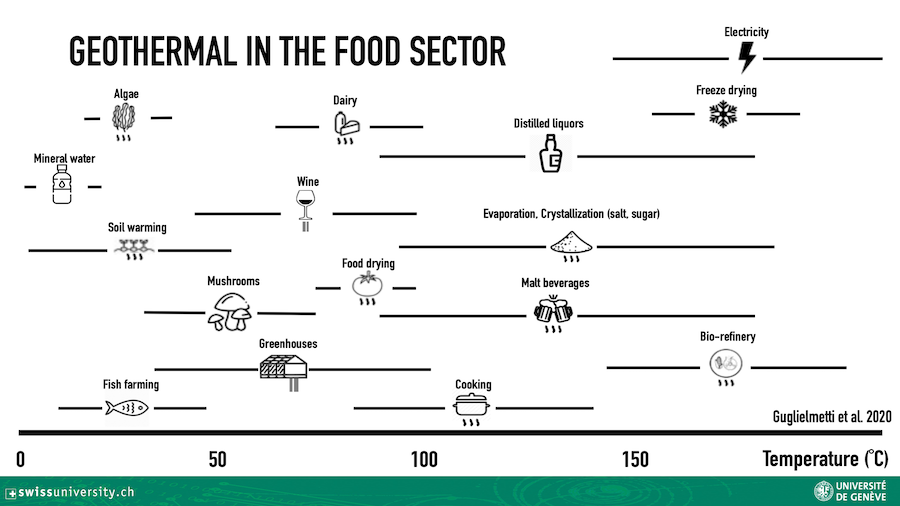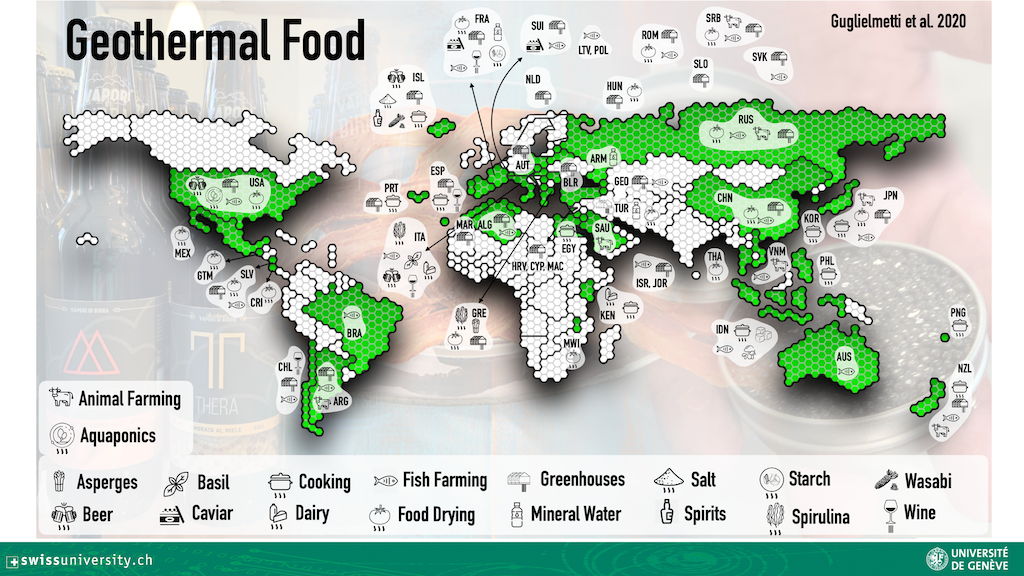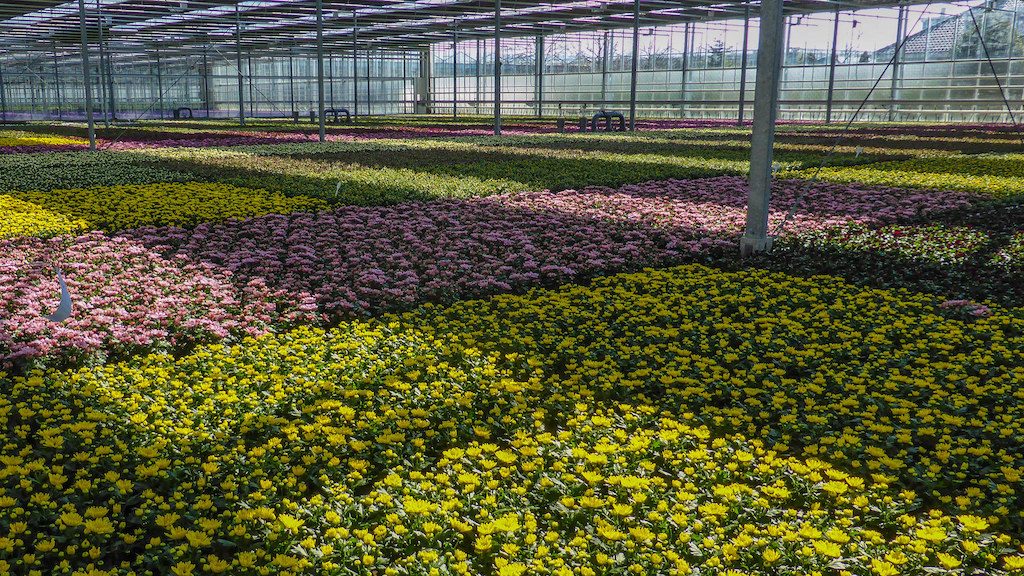How geothermal energy can improve the sustainability of the entire food sector
Luca Gugliemetti of the Department of Earth Sciences at the University of Geneva, Switzerland highlights the diverse possibilities of geothermal heat application in the food sector.
Geothermal energy has as yet unexplored potential for direct uses of heat, so an article by our good friend Luca Gugliemetti, Senior Research Fellow – Geothermal Energy, Department of Earth Sciences at the University of Geneva, Switzerland. He has been a passionate proponent on the use of geothermal energy in food production and given numerous inspirational presentations on the topic. We previously reported on some of the fantastic promotion things he and his partner have done on the use of geothermal in food production. Check out the videos he and his colleague Stéphane Matteo have created, some embedded below.
In a recent article in Italian publication Greenreport, he highlights how geothermal energy can be used throughout the food supply chain to improve the sustainability of the entire food sector.
Currently, the food sector accounts for about 30% of the world’s’ total energy consumption and 20% of the total greenhouse emissions. According to projections by the Food and Agricultural Organization (FAO) under UN, food production is expected to increase by up to 70% by 2050.
The 2030 Agenda for Sustainable Development seeks to address this dilemma. By 2030, the goal is to achieve food security and to promote sustainable agriculture. Geothermal energy is expected to play a significant role in this strategy. New energy policies such as the European Green Deal are also providing new platforms for geothermal applications.
As summarized in the article, geothermal energy can be applied across a broad spectrum of food applications such as the following:
- Heating of greenhouses (25 – 100 °C) to grow fruits, vegetables, flowers, and plants
- Aquaculture (20 – 40 °C) or fish farming
- Cultivation of algae (35 – 37 °C)
- Soil heating (20 – 40 °C) to grow crops such as carrots, cabbage, and asparagus
- Irrigation (40 – 75 °C)
- Drying of food or crops (40 – 100 °C)
- Pasteurization of milk (70 – 100 °C)
- Evaporation and distillation (80 – 120 °C) for processing of milk and preparation of spirits
- Sterilization (> 105 °C)
- Refrigeration (> 120 °C)


An admirable example of the use of geothermal energy in food applications is represented by the Renewable Energy Food Community. This is a Tuscany-based community formed by Slow Food Toscana, Fondazione Slow Food per la Biodiversità, and the Consortium for the development of geothermal areas (CoSviG). The group consists of entrepreneurs who prioritize environmental sustainability in the agri-food sector.
While it’s clear that geothermal energy offers an opportunity to make the agri-food sector more sustainable, it is also apparent that this will require fundamental changes in the food supply chain. These will only happen if such changes are supported by financial mechanisms and long-term support policies.
Luca Gugliemetti will also present in the upcoming World Bank/ ESMAP Global Forum and Tour on Geothermal Direct Use, September 27-29, 2021.
Here some of the fantastic videos, he and his colleague
Source: Greenreport.it


















